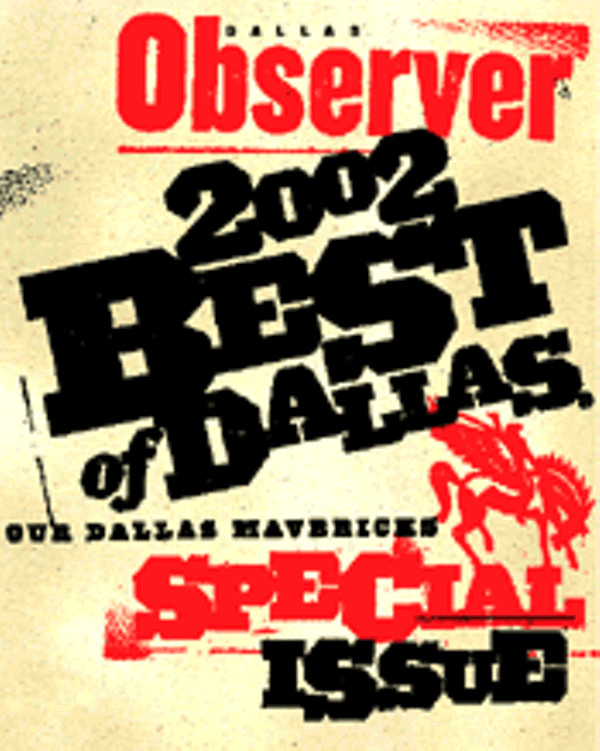Quite a fuss was made when the Angelika Film Center & Café opened at Mockingbird Station, but here's the dirty truth: Parking is impossible, and once you actually get inside the theater (if you do; shows sell out quicker than most business majors), you're surrounded by every North Dallas soccer mom who still thinks going to see independent (or--gasp!--foreign) films is edgy. Quietly, the Magnolia was up and running a few months later, and since then, it's beaten the Angelika at its own game--finding the sweet spot between the art house and the cineplex--even if the scoreboard doesn't always reflect it. You can grab an adult beverage at Fuel (the cozy and classy bar upstairs) and a Hebrew National hot dog from the concession stand, then sit back and relax with some of the finest films coming through town. And you can do it all in an atmosphere that feels more like you're in your living room with friends instead of the odd man out at a Jewish singles function. Bonus: The Magnolia houses one of the only digital projectors in Texas.






